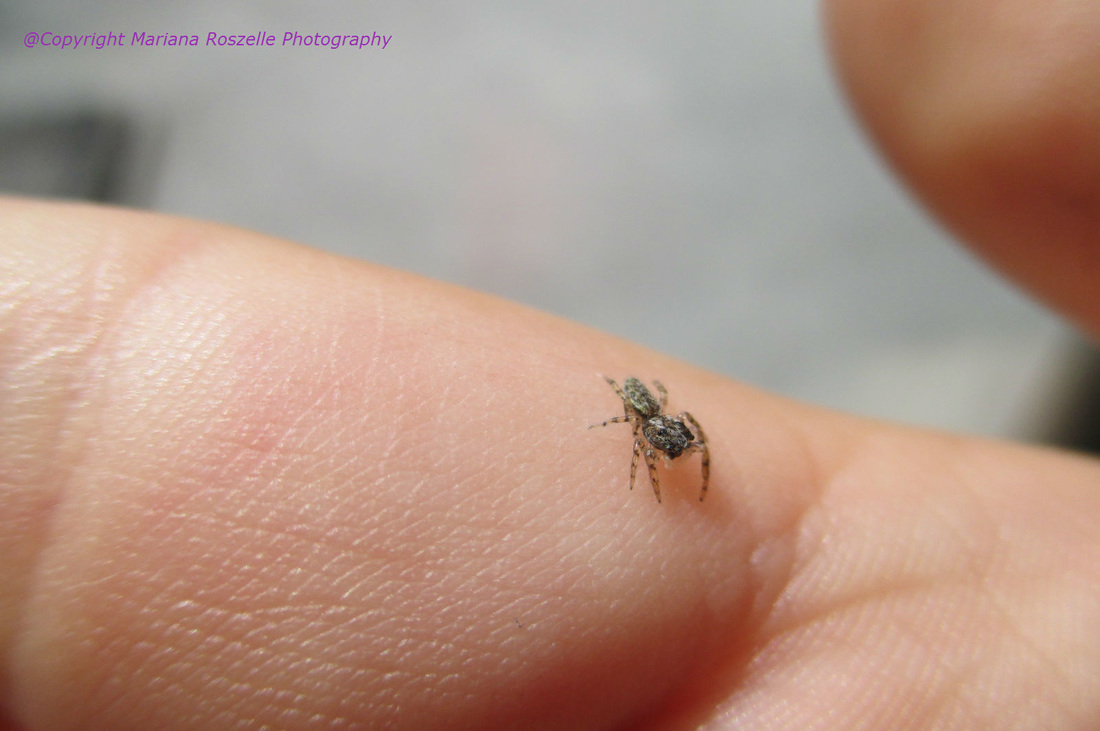It's 11 and the Sun is high over head. You sit and think and wish and worry. You think about what you could do with 24 hours. You wish you put the world on pause for 24 hours. You worry that your wish might come true with a twist. Getting stuck frozen in time doesn't sound very nice.
You wish you could sit and do nothing all day. You wish you had an excuse to stop time, just being tired isn't enough to stop the world, others have it worse than you and they go on stronger than you. It's 2 and evening is creeping closer.
You've already wasted part of the day away, why not sit a little longer? Who's to stop you from staring off into space and never getting anything done? Nobody can truly make you do anything. The world goes on without your contribution to society.
It's 6.
The Sun is gone past the mountains. How could you become so tired after only thinking? You forgot to eat, that's it. Even that can wait. You'll go to bed and do something productive tomorrow. On the other side of the world life goes on without you.
Sleep.
You wish you could sit and do nothing all day. You wish you had an excuse to stop time, just being tired isn't enough to stop the world, others have it worse than you and they go on stronger than you. It's 2 and evening is creeping closer.
You've already wasted part of the day away, why not sit a little longer? Who's to stop you from staring off into space and never getting anything done? Nobody can truly make you do anything. The world goes on without your contribution to society.
It's 6.
The Sun is gone past the mountains. How could you become so tired after only thinking? You forgot to eat, that's it. Even that can wait. You'll go to bed and do something productive tomorrow. On the other side of the world life goes on without you.
Sleep.

 RSS Feed
RSS Feed
